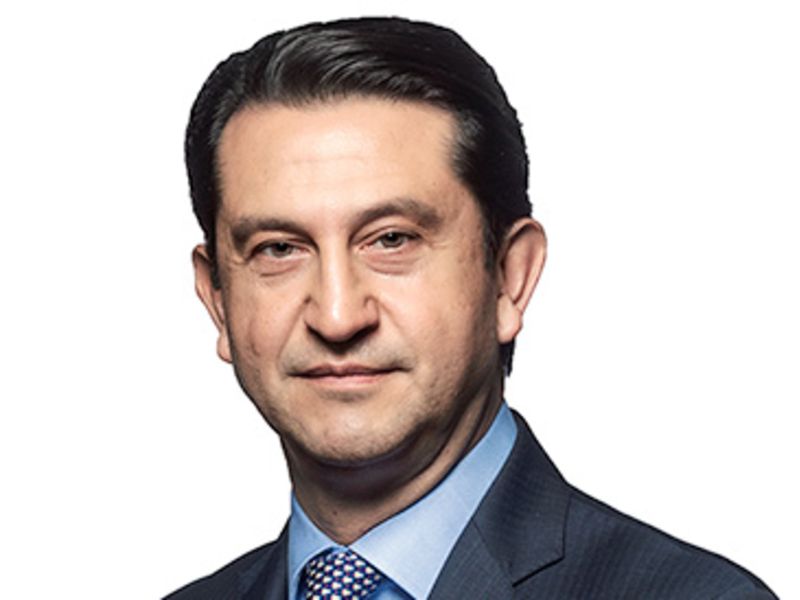
DETROIT — Hyundai Motor Co. has accelerated efforts around developing air taxis and will offer services around those vehicles rather than just selling them, the South Korean automaker’s COO told Reuters.
Hyundai is ahead of the timetable it previously laid out for the rollout of urban air mobility vehicles, also known as flying cars, Jose Munoz, Hyundai’s global chief operating officer, said in an interview broadcast on Monday at the Reuters Events Car of the Future conference.
Munoz, who is also CEO of Hyundai North America, previously said urban air taxis would be in operation at major U.S. airports by 2028, maybe earlier. The executive told Reuters on Monday it could possibly happen before 2025.
“We see this market as a significant growth opportunity,” Munoz said.
Hyundai is developing air taxis powered by electric batteries that can transport five to six people from highly congested urban centers to airports. Air taxis come in several shapes and sizes — electric motors replace jet engines, and aircraft have rotating wings and, in some cases, rotors in place of propellers.
Other automakers, including Toyota, General Motors, Daimler and Geely, are developing flying cars alone or with startups.
Morgan Stanley has estimated the total addressable market for urban air mobility could hit $1 trillion by 2040 and $9 trillion by 2050, but said near-term hurdles for the technology remain regulation and certification. Munoz told Reuters he is “very confident” in the technology’s development.
In 2019, Hyundai, whose air taxi unit is based in Washington, pledged to invest about $1.5 billion in urban air mobility by 2025.
In May, the automaker said it planned to invest $7.4 billion in the United States by 2025 to produce electric vehicles, upgrade plants and further its investment in smart mobility solutions, including flying cars.
Munoz told Reuters Hyundai sees its air taxis serving not only residential customers, but also transporting commercial cargo.
Hyundai does not want to sell the vehicles as a simple transaction, but believes it can develop services around the vehicles, Munoz said.
As to whether the carmaker is spending money in a market that may seem too far off, it does not want to be behind a trend like it was when SUVs became a bigger piece of the auto market, he said.
“When it comes to future technology … it’s never too soon. The pioneers are the winners,” Munoz said.

